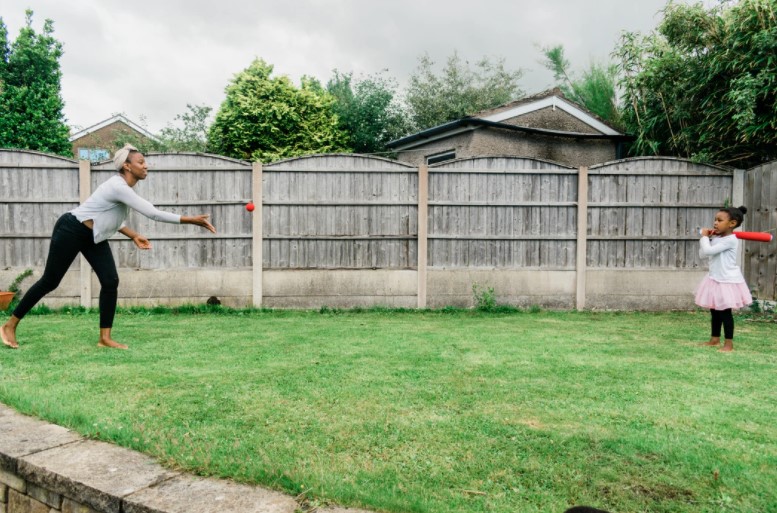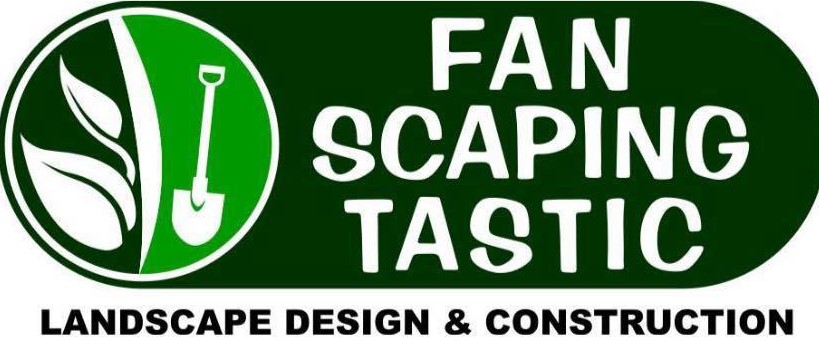
Front Yard Fence – The Ornate Frame of Your Home
Unlike a backyard fence, a front yard fence is far more visible and scrutinized much more by passersby. It’s what frames your walkway and adds curb appeal to your property.
A beautiful front yard fence design not only protects your home from stray dogs but also highlights your landscaping efforts.
So it’s important to choose the design specifications of your front yard fence wisely. There are hundreds and styles to choose from. Even after looking at thousands of Pinterest moodboards, you may still remain indecisive.
With this guide, you’ll know what the metrics are to decide which front yard fence suits your preferences. Then you can contact your fencing contractor to start planning and construction.
So what are we waiting for? Let’s dive straight into the factors, shall we?
1. The Purpose of Your Front Yard Fence
This thought process is the most crucial step to consider.
Your front yard fence can serve many purposes. It can just be there for functional reasons.
For instance, you can simply get a fence to keep the dogs out or keep your kids from barging out. A fence might also be a way to separate your home from the streets, keeping strangers outside.
In this case, a lower fence with more accents might be a better choice. Such fences add a decorative element to your home and increase the curb appeal significantly.
However, in some cases, you might want a little bit more privacy. Maybe it’s a crowded neighborhood with noise coming from all directions.
Worst of all is if there’s construction going on nearby. The ear-piercing chaos is just torture to your ears.
Thus, it’d be best to get a higher fence – usually as tall as six feet.
2. Regulations and Restrictions on Fences
Even though there aren’t too many regulations on front yard fences, it’s best to be safe and check with the local council about rules to comply. Contact your city planning office to learn more.
Usually, fences need to be less than two meters tall and can’t be part of a retaining wall. There might be other standards you need to abide by.
For instance, many neighborhoods may not allow six feet fences to be built.
Get approval from your neighbors about where and how you’re going to place your fences. Collect site plan copies, building application forms, and other construction details.
Double-check whether there are limitations on the materials that can be used by calling the local city hall.
3. The Material of The Front Yard Fence
This is vital for reasons we don’t have to spell out.
The material you choose uplifts the beauty of your garden and your home. This may also depend on your budget and how much you’re willing to spend on fences.
Plenty of materials are available for use, including but not limited to:
- Timber
- Wood
- Wrought iron
- Vinyl or PVC
- Chain link
- Metal alloy
- Modular (a combination of two or more materials)
Each has its own set of pros and cons. Wood and metal fences are visually some of the most stunning fences ever to be seen.
However, chain link and wrought iron fences don’t always look the best. So gardeners tend to use them for backyards.
The material you choose also gets affected by how easy it is to maintain it. Metal and PVC fences are usually high in demand since they last very long and have excellent wear tolerance.
4. The Design of Your Fence
Different gardens have different strategies for beautification.
For instance, small front yard gardens often have small transparent fences. This is an attempt to make the block look bigger than it is.
Measure the size and figure out the shape of your garden. Depending on how urban your neighborhood is, the amount of space available might differ.
We’ve got another neat trick for you. Set out of your home and walk towards your door along the sidewalk just beside your home. Cross the street, if need be. Then walk to your doorstep.
This puts you in the shoes of a pedestrian walking by. This perspective will give you clarity about what your garden needs for renovation.
Let’s go deeper and discuss some other aspects of design.
Matching Your Home’s Style
Garden design is all about maintaining a consistent flow from hardscaping to softscaping.
So ensuring that your fence holds up the same architectural style as your house is vital.
A classic example is iron railings on your front porch and making iron a focal point in your fence. Creating cohesion by keeping the same color scheme as your apartment is also pretty popular.
Depending on whether your house is made of rock or concrete, you can add stone or concrete columns for support.
Either way, tying it all back together creates symmetry and establishes a smooth, natural flow.
Landscaping The Fence
If your front yard is mainly for barbecue and drinks, then there’s no need to dot your fence with plants.
But if your neighborhood is full of joggers and runners, it’d be a good idea to place some flowers or perennials on your fence. Set up climbers and train them to rise along the fence vertically.
Trees can either provide visual contrast or harmony, depending on the surrounding colors. Heavy contrast can make some flowers pop out, while coordination has balance and stability attached to it.
5. Accents and Gates
You need to ask yourself where the gate will be after the front yard fence is installed. You can have multiple gates – one from the driveway and one leading right to the front door. It’s entirely up to you.
The gaps under gates present a security concern, so opt for raised concrete slabs or rubber sweeps to swallow the gap.
You can keep a watchdog for heightened security, but make sure your milkman and postman can still enter. Installing doorbells or intercoms might cost you a bit, but it’s better than getting guards to open and close the massive gates.
You might also need to think about the lighting. In the evenings, you can either let the fences disappear or illuminate your lawn. Think about whether you’ll use sodium lights or draped bulbs in strings.
Conclusion
A front yard fence is a fabulous way of making your home look attractive. We hope you found this useful to start working on your front yard fences.
Need more help with front yard landscaping? Check out our article here.


Recent Comments